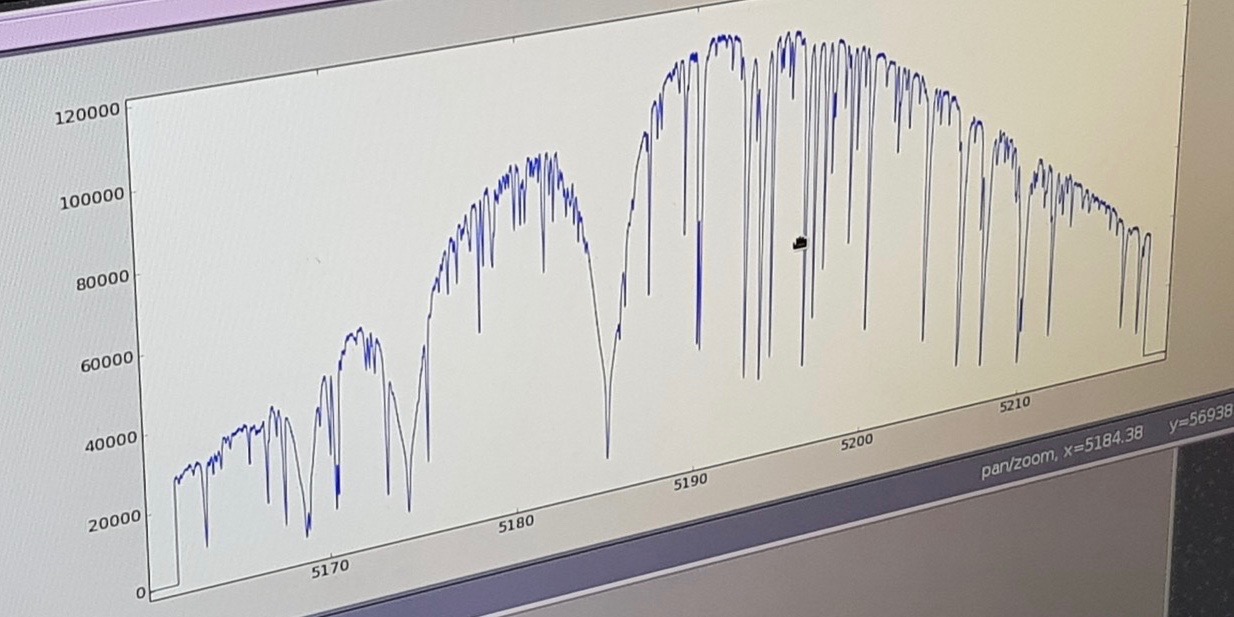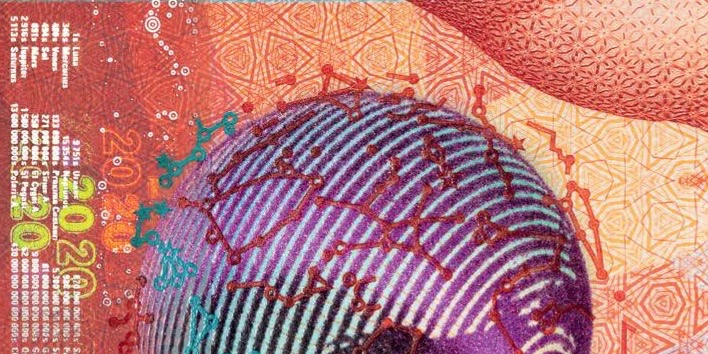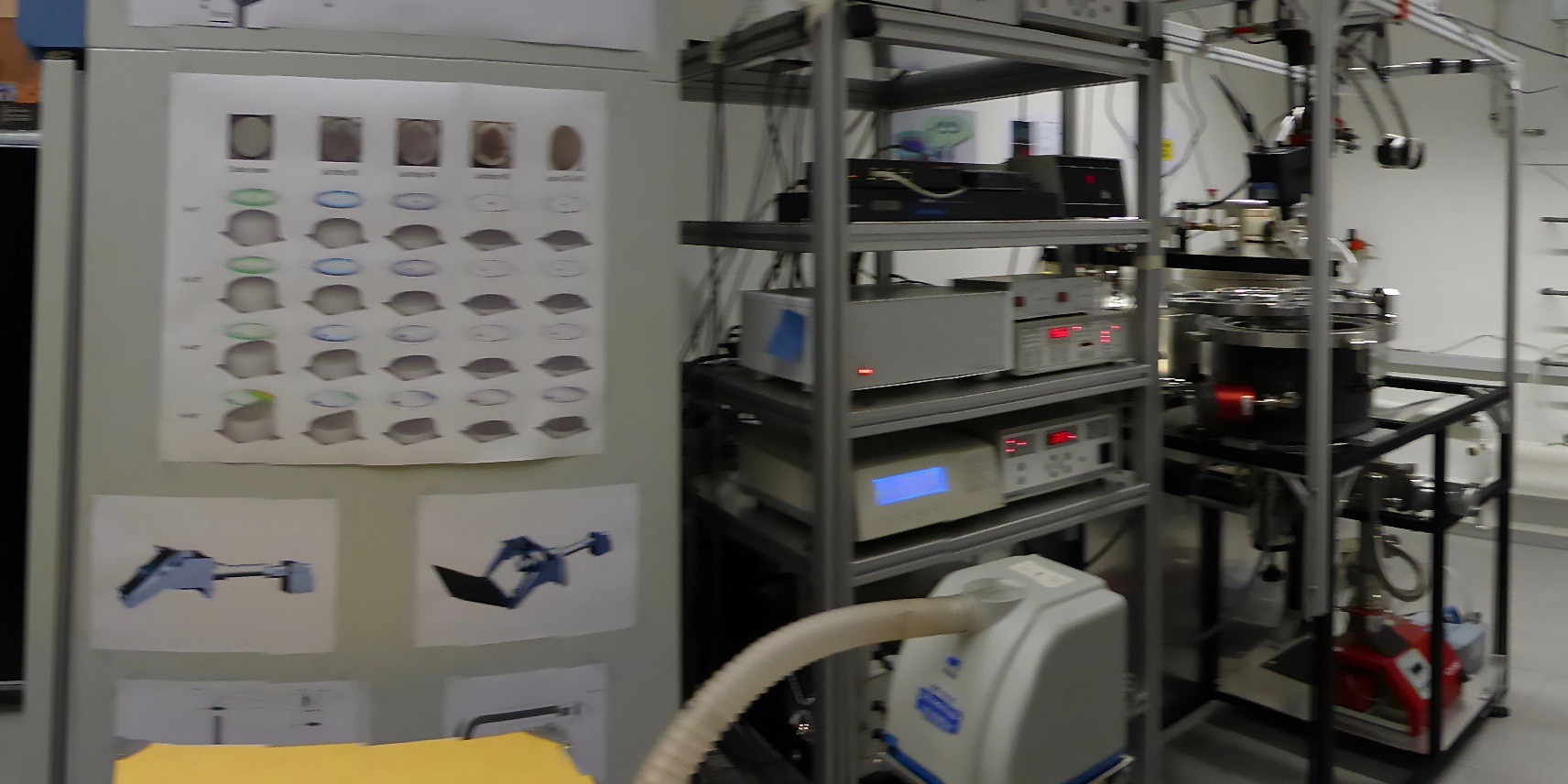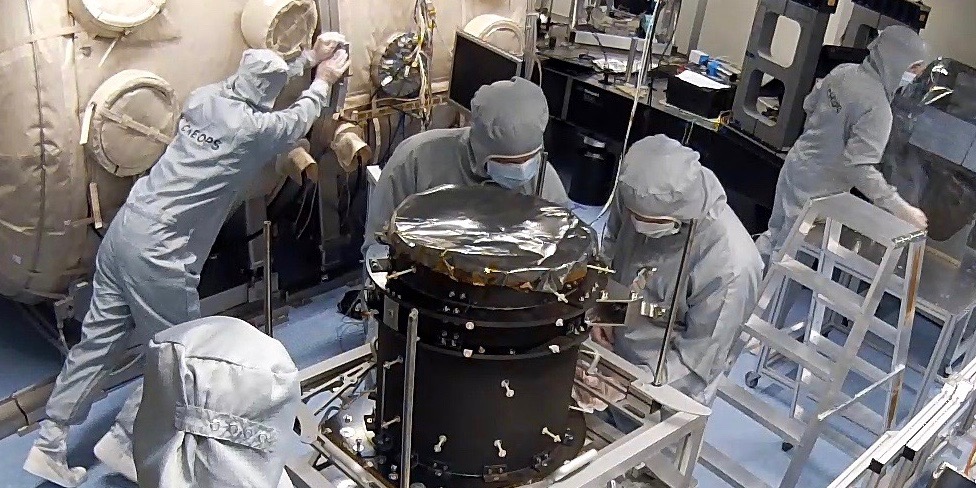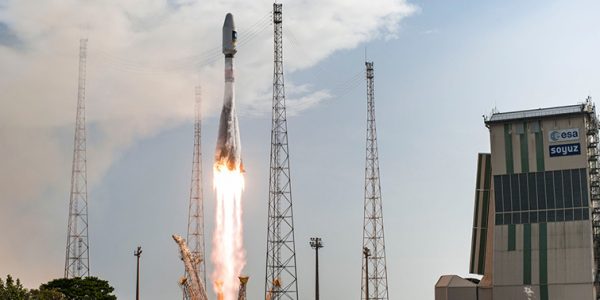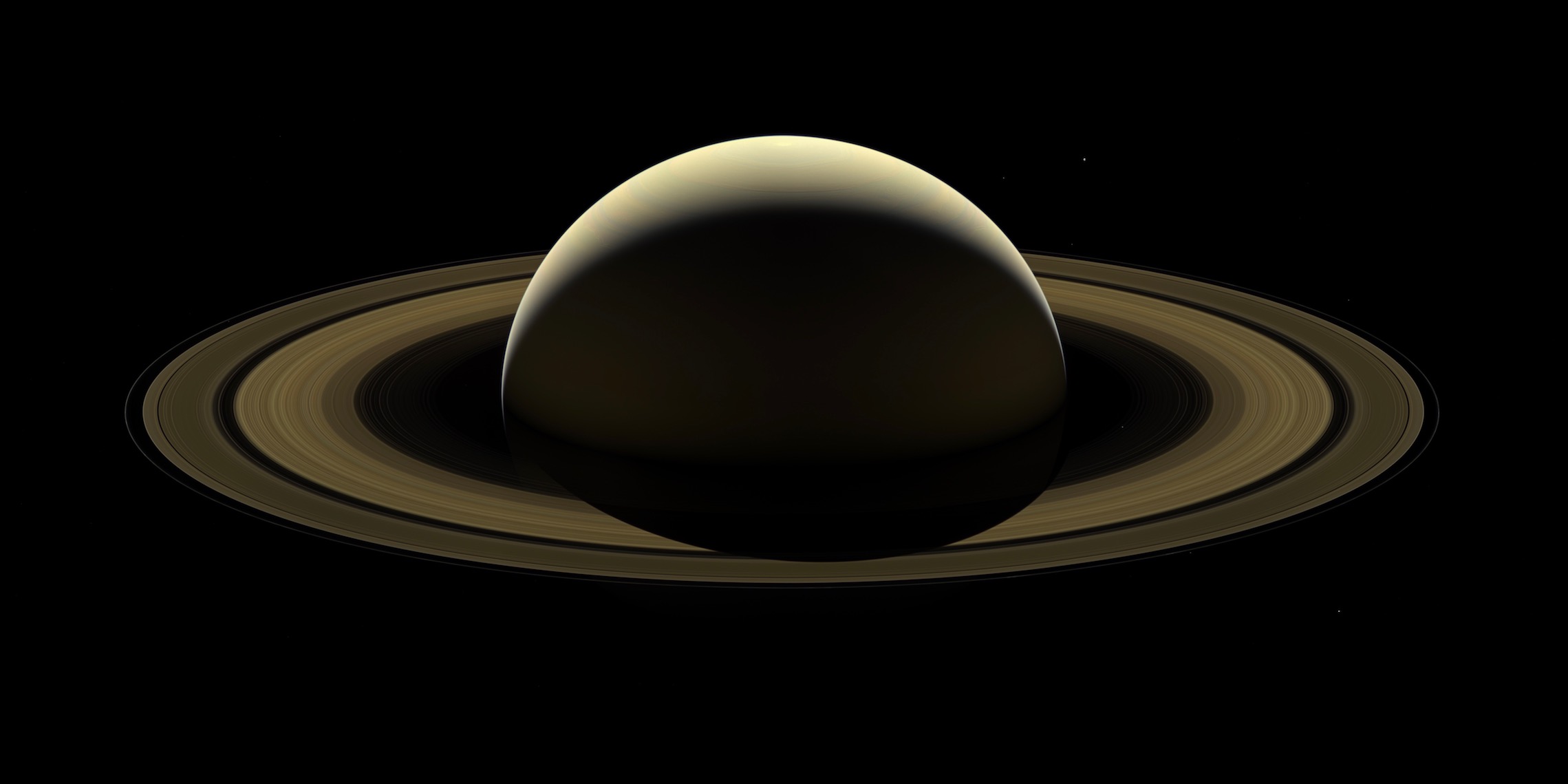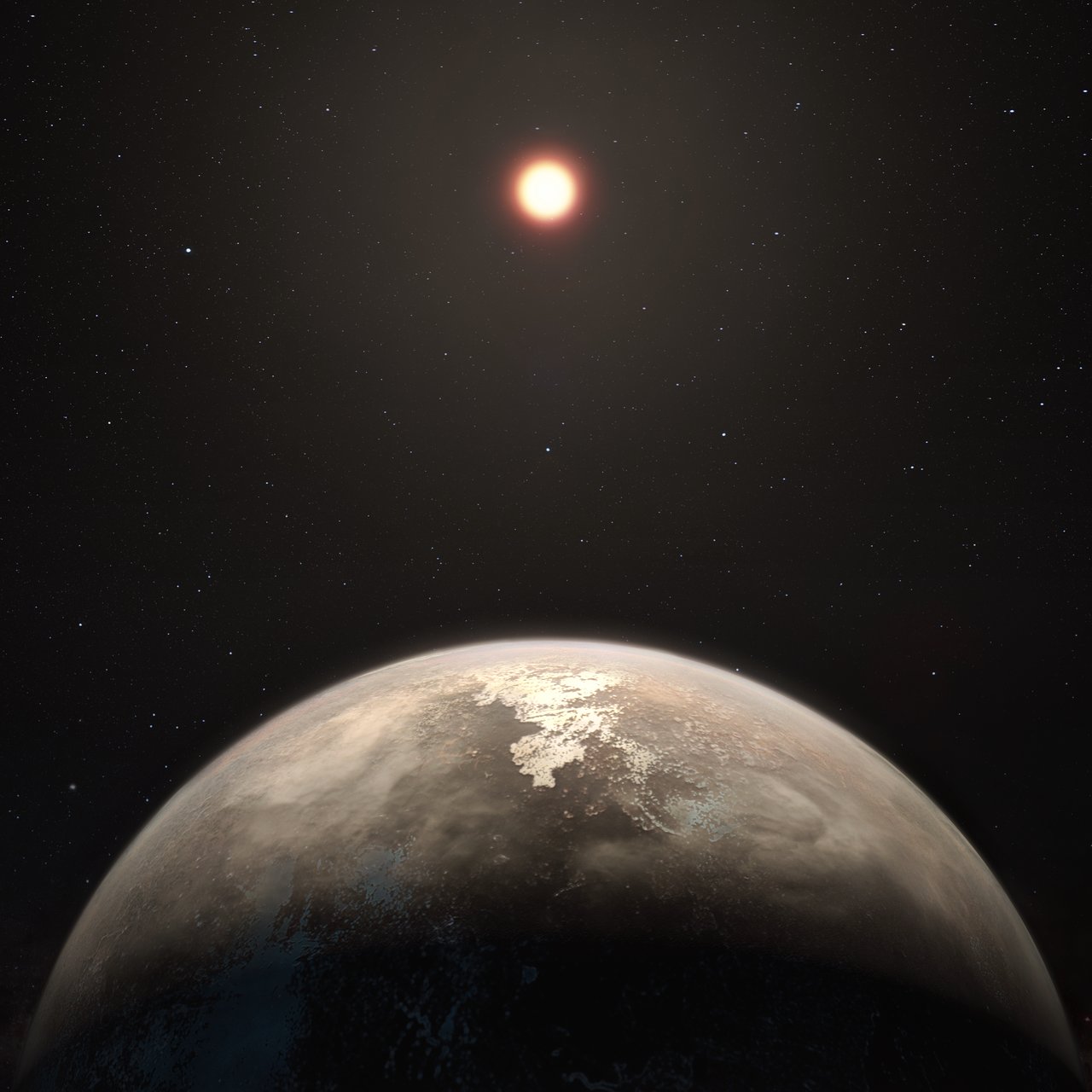News
First light of ESPRESSO
The new ultra-high resolution spectrograph developed by a consortium led by Francesco Pepe professor at the Department of Astronomy of the Geneva University and member of PlanetS observed its first star successfully. Installed at ESO’s Very Large Telescope (VLT) site in Chile, ESPRESSO will look for tiny changes in the speed of stars, sign of […]
Continue Reading“I’m like the oil in the engine”
The Council of the European Southern Observatory (ESO) has elected Willy Benz, Professor at the University of Bern, as its next president. The Council, which is composed of the delegates from the ESO member states, is the organisation’s ruling body and makes strategic decisions on its behalf. PlanetS: What will your role as president of […]
Continue ReadingAstronomy in your wallet
There is a good chance that you are carrying 51 Pegasi around with you. The name of the star, around which the Geneva astronomers Michel Mayor and Didier Queloz discovered a planet in 1995, is on the new Swiss 20 franc banknote. In addition, there is a ten-digit number – an example of Swiss banking […]
Continue ReadingA visit of the ice lab
What do the images of Mars, Comet Chury or other celestial bodies really show? For a reliable answer researchers at the University Bern study the optical properties of dust-ice mixtures that are analogs of planetary or cometary surfaces. Have a look at their laboratory.
Continue ReadingBuilding planets as sandcastles
Planetary formation starts with small dust grains in disks surrounding young stars. But dust growth is hindered by collisional fragmentation and radial drift. So, how are the larger planetesimals, the building blocks of planets, formed? This is still an open question. Now, scientists of PlanetS have found a mechanism bridging the gap between the early […]
Continue ReadingNew insights into the Earth’s formation
Meteorites contain far less chlorine, bromine and iodine than previously thought. This was the finding from new measurements carried out by a team of international researchers. The new result allows some interesting conclusions to be drawn about the Earth’s formation: there were phases with an abundance of volatile elements on the Earth’s surface right from […]
Continue ReadingThe history of CHEOPS
Engineers at the University of Bern are developing the CHEOPS space telescope. From Earth´s orbit, this telescope is supposed to measure the diameter of exoplanets which are light-years away from us and pass in front of their host star. Swiss astronomers had the idea for CHEOPS back in 2008. Willy Benz, professor at the Physics […]
Continue ReadingFairing sticker competition
Are you a student of graphic art or design or an early career graphic artist or designer? Then, you might be interested in participating in a competition organised by the European Space Agency ESA. The winner will get the unique opportunity to feature his or her work on the rocket carrying the CHEOPS satellite into […]
Continue ReadingCassini – the big dive
On September 15, 2017, the Cassini probe completed its last orbit around Saturn before diving into its atmosphere. A touching end to the mission for the team of planetary scientists, engineers and other researchers who have been following the spacecraft’s feats since its launch 20 years ago. “If we let the spacecraft indefinitely orbit Saturn, […]
Continue ReadingClosest Temperate World Orbiting Quiet Star Discovered
A temperate Earth-sized planet has been discovered only 11 light-years from the Solar System by a team including member of PlanetS using ESO’s unique planet-hunting HARPS instrument. The new world has the designation Ross 128 b and is now the second-closest temperate planet to be detected after Proxima b. It is also the closest planet […]
Continue Reading
